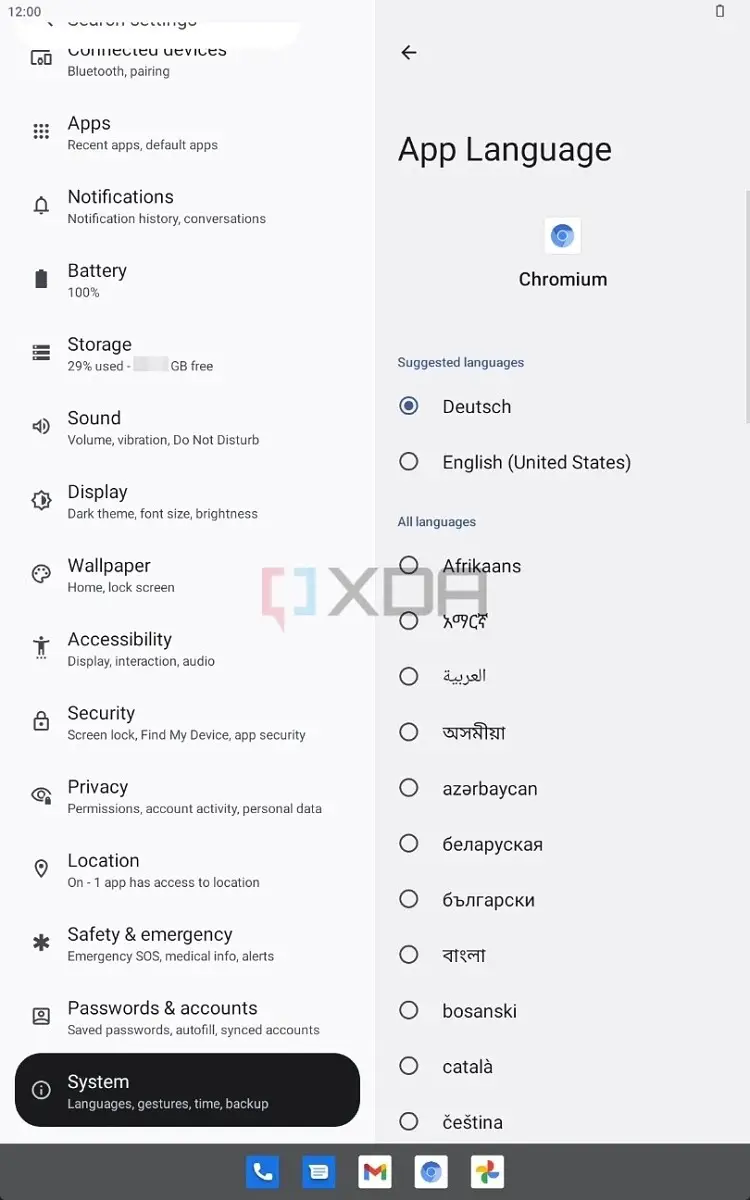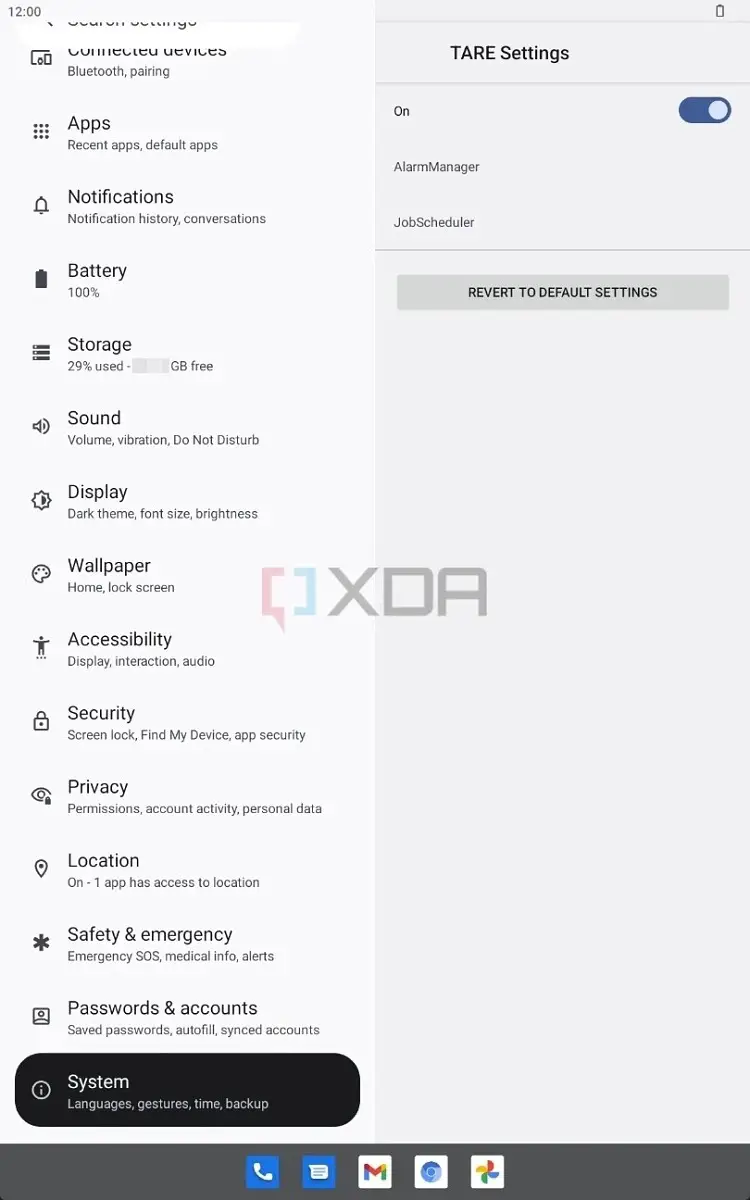Today we are going to talk about possible upgrades that Android 13 “Tiramisu” might bring next year. Google is planning on making some significant changes to its mobile operating system. These changes will reportedly focus mainly on enhancing the user experience and battery management.
Android 13 expected features
The features we are talking about are leaked by XDA Developers, they are citing “a source with access to a very early Android 13 build.”
Those features we are going to talk about below might change until the official launch of Android 13 though. Google is likely to launch its new operating system in September or October in 2022.
Android 13 might offer new runtime permission for notifications. This way users will be able to choose not to give permissions to a specific app for sending notifications like they do with location services or cameras.
This way, users may be able to choose whether they want to allow an app to send a notification to their device in a fashion similar to how they choose to allow other runtime permissions like Location and Camera access.

Android 13 might let users set different languages on different apps instead of offering a universal language that will be used for the whole interface. This feature is called “Panlingual,” and for now it can be found in the “App Languages” setting.
It’s very good to see Google working to reduce power consumption by preventing applications from running at the expense of your battery life.
Android’s upcoming release, Android 13, is expected to introduce something called “The Android Resource Economy” where apps are given credits based on the power level of a device’s battery.

The new lock screen settings on Android 13 will allow you to toggle between the different layout options of the clock on the lock screen.
Can I use Apple iMessage on Android?
For now, the design of the operating system looks identical to Android 12 but surely, Android 13 is being developed right now and they might add aesthetic changes later.





